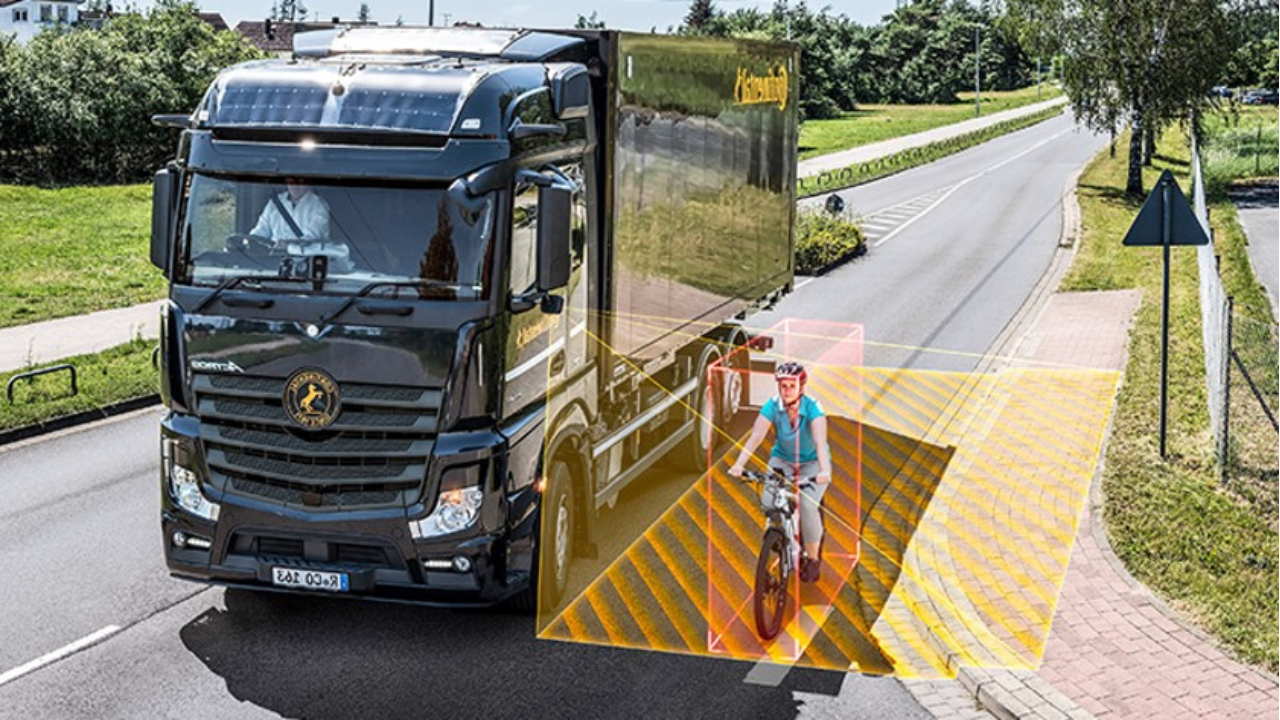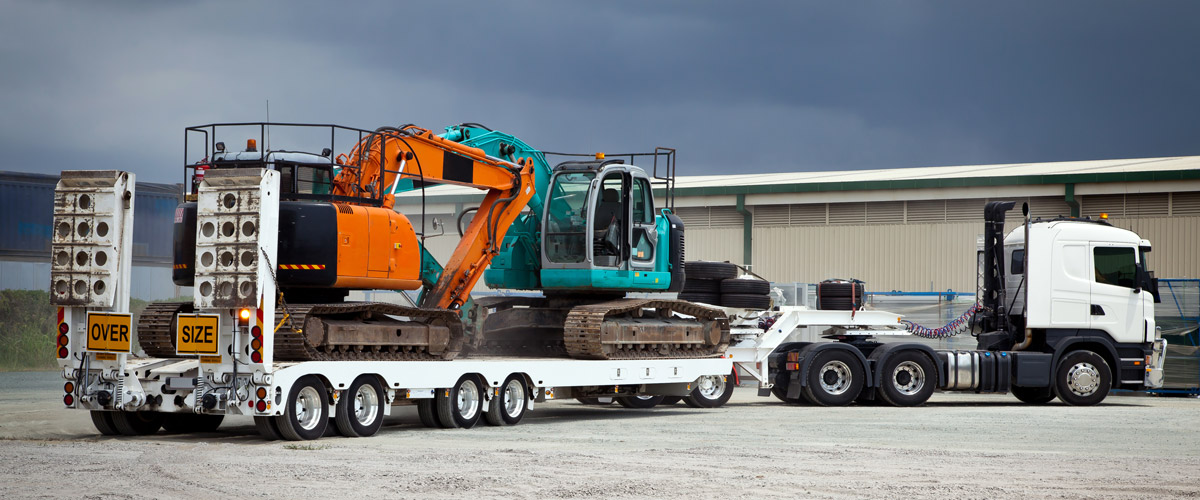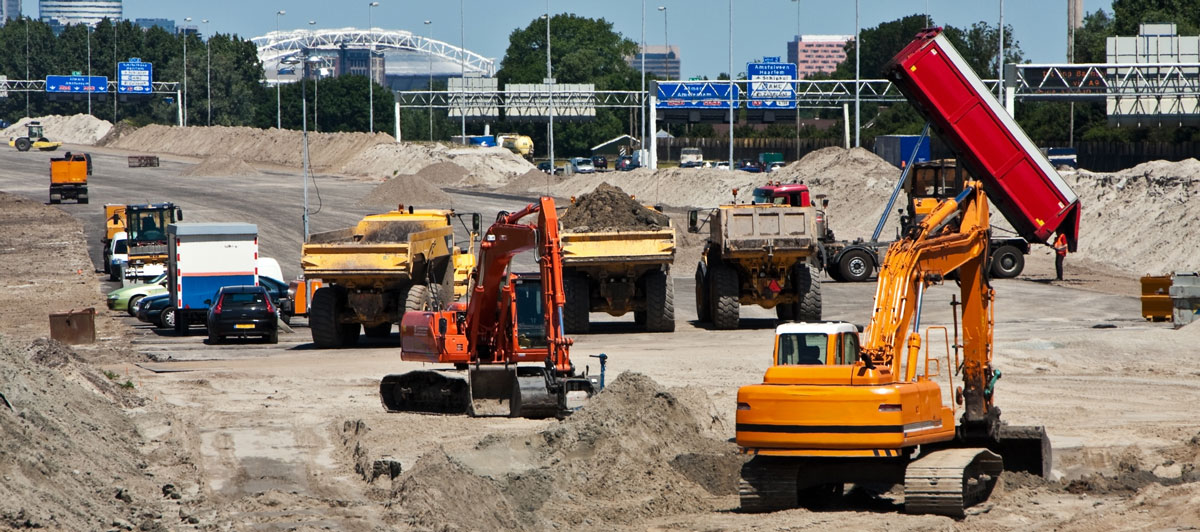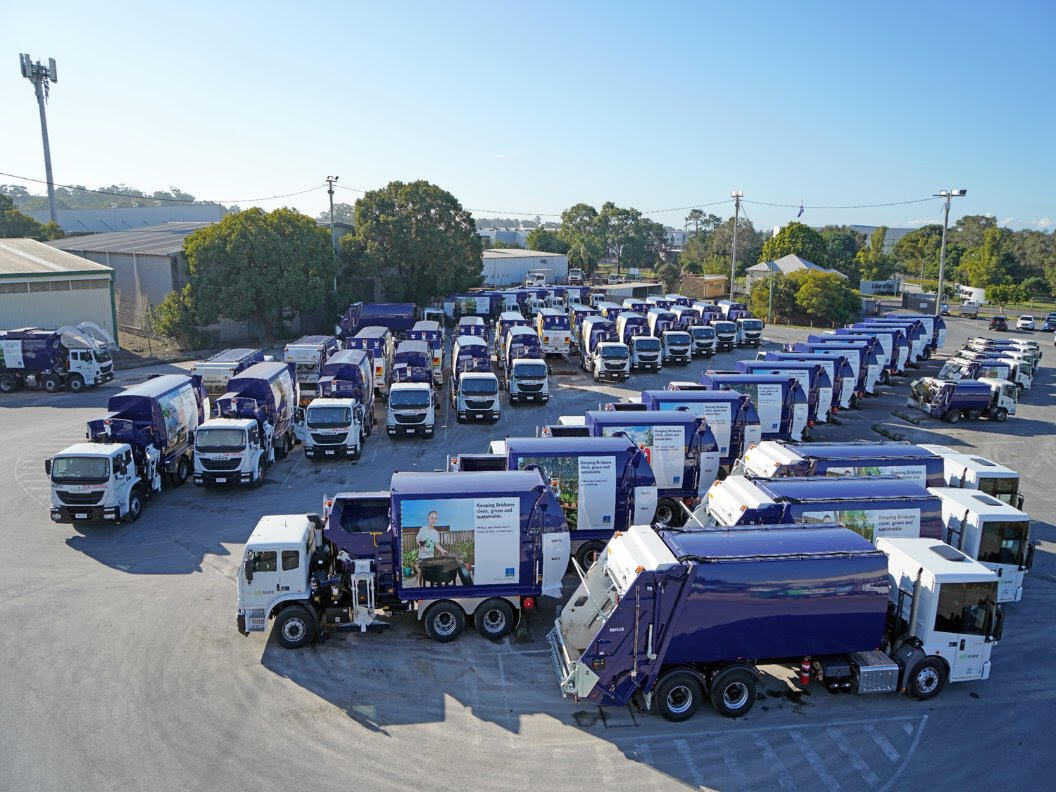5 Key Heavy Vehicle Safety Technologies
Improving heavy vehicle safety technologies is a challenge for fleet managers and trucking companies dealing with rising running costs and only a...

In the coming decade, 40% of Australians will be at risk of being struck by a heavy vehicle if fleet operators don’t take critical CoR actions to address blind spots with AI camera technology.
With road usage changing dramatically, fleet operators can no longer ignore the reality and their safety obligations. As Australia’s leading heavy vehicle safety innovator, SGESCO-MAX can help organisations reduce their risks and keep the public safe by using highly reliable and affordable AI technology.
It is important for heavy vehicle operators to understand the following:
The number of cyclists on our roads is increasing exponentially.
In 2021, approximately 10.19 million Australians rode a bike in the past year, with 4.62 million cycling in a typical week. Now with the advent of e-bikes, over 5 million Australians ride a bicycle every week, approximately 20% of Australia’s physically capable population.
Click on each heading for further details.
Since 2020, cycling has seen a "massive uptake", according to Bicycle NSW's CEO Peter McLean in a June 2025 news report. In New South Wales, the proportion of the population that cycled throughout 2023 rose from less than 30% in 2017 to 38%. Weekly cycling participation reached 24.4%, the highest since surveys began in 2011.
11% of all bike trips across Australia are now e-bikes, which has grown at a CAGR of 45.9% between the 2017 – 2022 period. In the six years from 2017 – 2023, over 1.1 million e-bikes were imported into Australia.
A Bicycle Network March 2024 study found that Australians are increasingly choosing to cycle to work, with an annual average growth of 6% in bike commuting across the country.
‘At an annual growth rate of 7% the number of bike riders on the street would double within a decade,’ claims Bicycle Network CEO, Alison McCormack.
According to market research commissioned by Transport for NSW in October 2024 and published in May 2025, 57% of respondents indicated that they are considering using e-bikes as their primary mode of transport.
However, cycle infrastructure is not keeping pace with these growing numbers, and, with heavy rain events, cycle pathways deteriorate, forcing cyclists to ride on the more dangerous option of roads.
Cycling Deaths
In 2024, cyclist deaths jumped from 34 in 2023 to 38 – an 11.8% increase – with motor vehicles involved in the majority of crashes. This figure was slightly down from the 2014 figure of 45 deaths.
Cycling Injuries
However, it is cyclist injuries and hospitalisations where the most concerning trends can be seen.
In 2021 (latest data available), 8,163 cyclists were hospitalised, which was 20.7% of all road hospitalisations. This is a higher proportion than in 2014 when 6,636 cyclists were hospitalised, representing 18.7% of all road hospitalisations (Source). In New Zealand, from 2019 to 2023, cyclists were involved in 18% of vehicle crashes, with minor injuries through to fatalities.
Cycling Accidents
According to Bicycle Network’s Bike Crash Experience Study:
1 in 5 people injured on Australian roads were a cyclist, and hospitalisation rates rose for cyclists but fell for other road users, according to a 2024 Science Direct study.
Connection with Heavy Vehicles
In 2018, 34% of cyclist deaths involved a heavy vehicle (Source).
In 2020, 28% of cyclist deaths involved a heavy vehicle (Source).
Meanwhile, heavy vehicle travel in Australasia is predicted to grow faster than other vehicle types, according to a 2021 report published by Monash University. This increases the risks for cyclists.
Cause of Heavy Vehicle Cycling Accidents
There are numerous blind spots around heavy vehicles – in some cases between 90-180 degrees – which is why there has been mounting calls from cycling bodies, industry organisations, and technological developers to make the unseen seen.
Too many Australian cyclists have been (and are being) killed by heavy vehicles that have run them over when the truck was:
This is because the drivers were not aware of the cyclists, said Scott McPherson, Managing Director of SGESCO-MAX.
A small percentage of Australia’s heavy vehicle fleet have modern blind spot-monitoring solutions. Australia and New Zealand lag behind OECD countries in heavy vehicle regulations to protect VRUs (vulnerable road users), like cyclists, and, also, in designated cycling infrastructure.
“When the risks of blind spots are evident. When the forecast of more cyclists on our roads – shared roads – in the next decade is rising substantially. And when most companies with heavy vehicles have safety as a core value, there is no escaping a company’s chain of responsibility when it comes to better safety systems,” said Scott.
Smart, Affordable & Highly Accurate AI Blind Spot Detection

As a leader in heavy vehicle safety solutions, SGESCO-MAX offers MAX-SAFE Protect 360 AI, a suite of AI cameras and related technology that can provide total coverage of heavy vehicle blind spots across 6 danger zones, including: front, corners, sides and rear.
“These state-of-the-art cameras can be configured to detect vulnerable road users (cyclists, scooters, pedestrians, etc.) with the output fed to our advanced logic ECU to determine the appropriate action, e.g. alert, and/or brake the vehicle in some circumstances,” said Scott.
Optional add-ons such as in-cab and external spoken warnings and flashing lights enhance safety even further. These solutions deliver an accuracy of over 99.9% with the correct identification of Vulnerable Road Users.
“By implementing Protect 360 AI, Fleet Managers can meet CoR primary duties – protect their drivers, VRUs and property – and keep productivity high,” said Scott.
For any business, the cost of any HV accident is high and manifold. When the cost to protect VRUs with AI Cameras is minimal over the life of a vehicle, it doesn’t make sense for operators not to do this and do this now.

Improving heavy vehicle safety technologies is a challenge for fleet managers and trucking companies dealing with rising running costs and only a...

Last year SafeWork Australia released a newguidefor the construction industry to reduce the risk of traffic accidents and fatalities caused by...

After offering AI-based heavy vehicle safety solutions for two years the benefits of this exciting technology continue to compound.